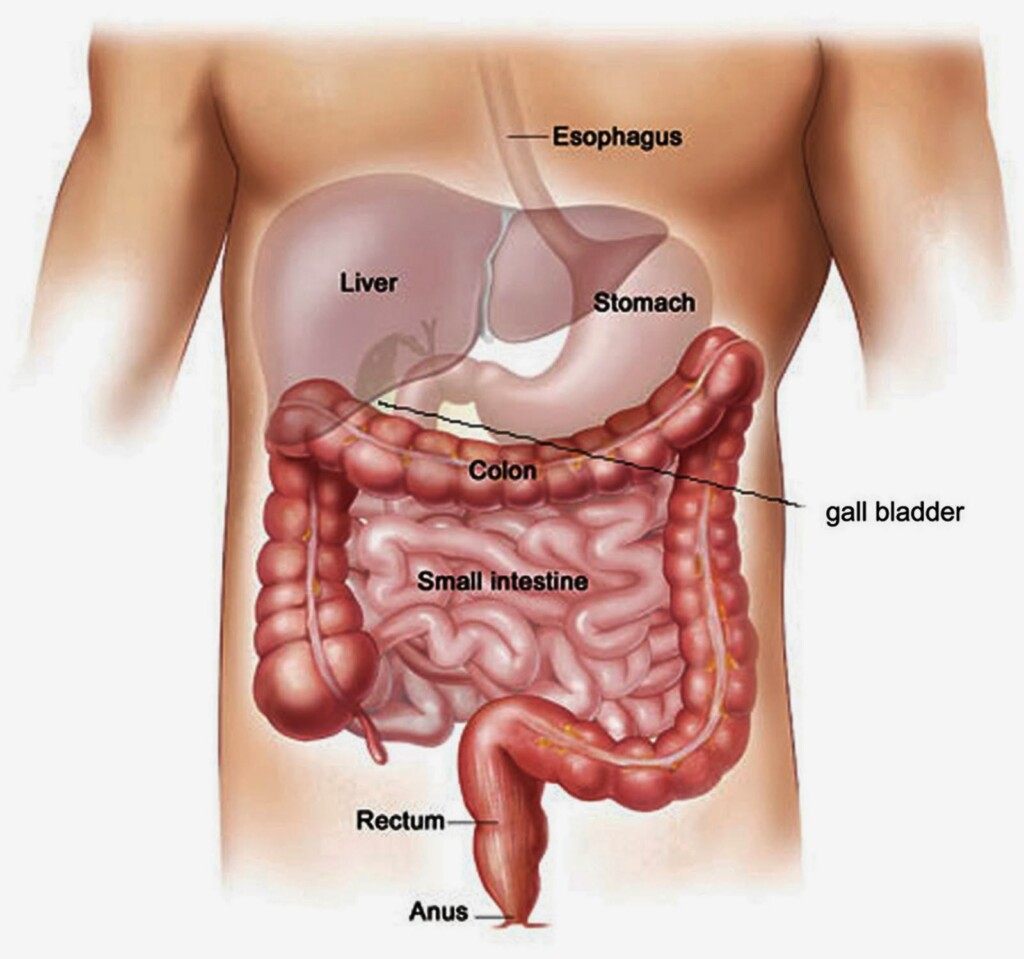PHYSIOLOGICAL TERMS

Abdomen is the largest interior cavity of the body below the throat from which it is separated by the diaphragm.
Aorta is the large trunk emerging from the left ventricle of the heart. It distributes purified blood through its branches all over the body.
Aqueous humour is the transparent fluid of the anterior chamber of the eye.
Arteries are blood vessels carrying blood away from the heart to the various tissues.
Arthritis is the inflammation of joints due to infection, metabolic or constitutional causes.
Auricles are two upper chambers of the heart into which the blood comes from the veins.
Bile is the secretion of the liver poured into duodenum. It is alkaline and is helpful in digestion, absorption and excretion.
Blood is a red-coloured fluid circulating through the heart, arteries, capillaries and veins. One cubic millimetre of normal blood contains about 5,000,000 red corpuscles and 6,000 white corpuscles. The red colour of the blood is due to the presence of a pigment known as haemoglobin. The arterial blood is of bright red colour and the venous blood is of dark red colour. The total amount of blood in a body is equal to about one-twelfth of the weight of the body.
Blood count is the determination of the number of white and red corpuscles in a cubic millimetre of blood.